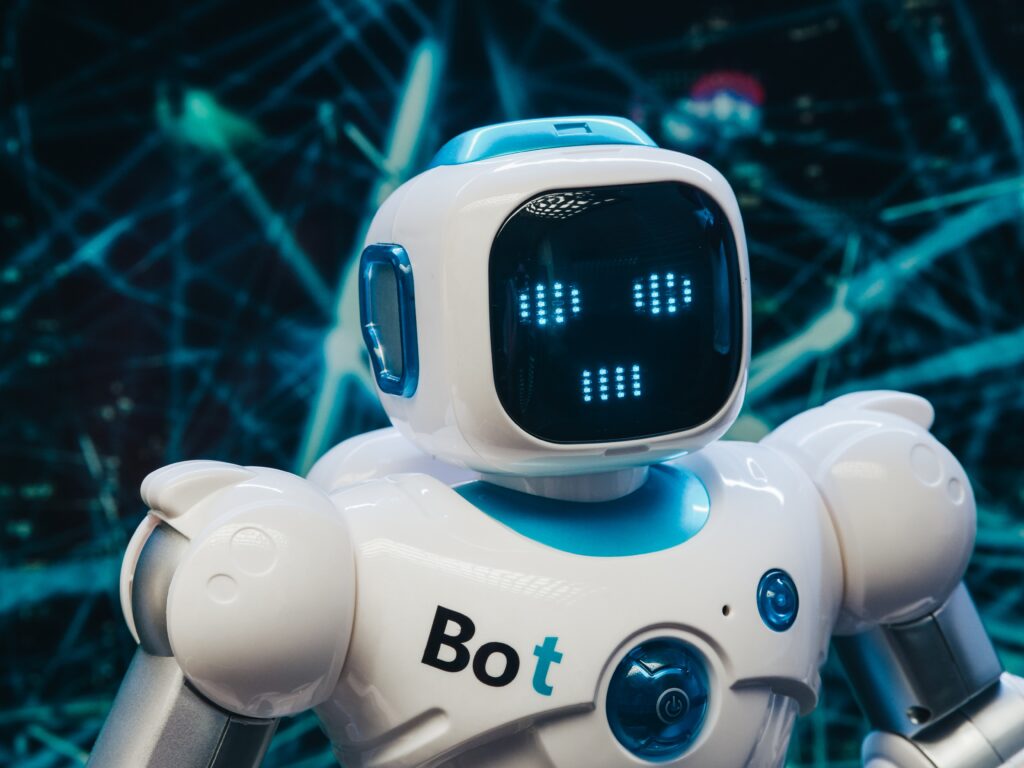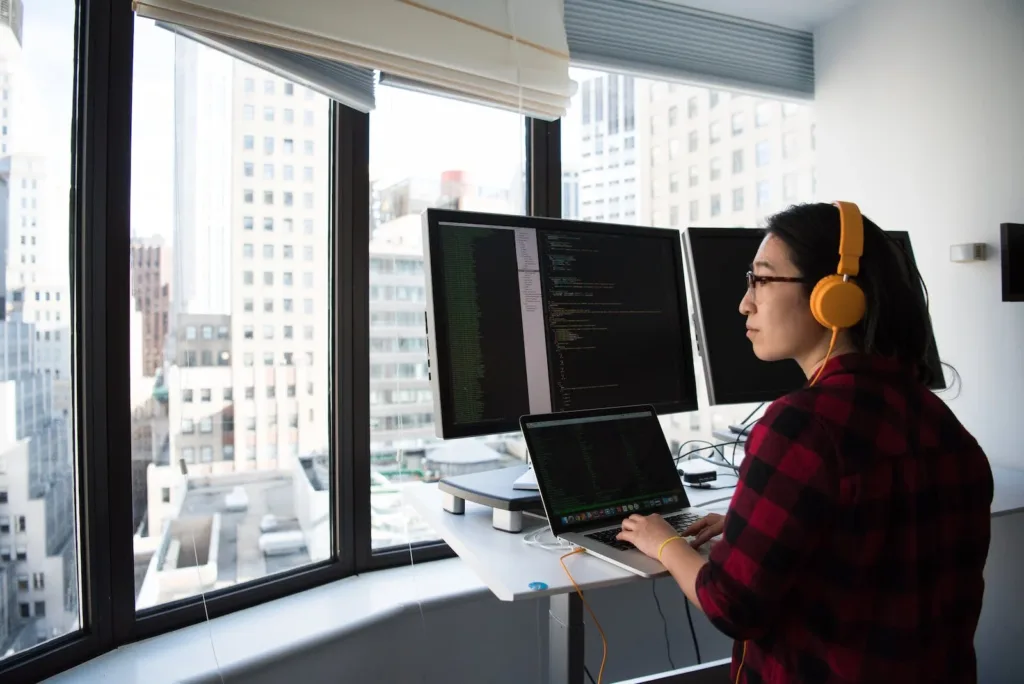
Does replacing humans with robots make work safer?

Robots are becoming increasingly commonplace inlogistics, for instance, to increase productivity and cut costs, with many businesses investing in automated systems and machines to take on various tasks. This has led to debates on the merits of using robots in the workplace, including whether they can provide a safer working environment than human workers.

The first benefit of robots in the workplace is that they are often able to perform tasks that would otherwise be too dangerous for humans. This is particularly true in industrial settings where robots are often used to perform hazardous tasks such as welding and handling dangerous materials. By taking on these tasks, robots can help to reduce the risk of human injury or death in the workplace.
Robots can also help to reduce the risk of human error in the workplace. Automated systems are often programmed to perform tasks with greater accuracy than humans, reducing the likelihood of mistakes being made. This can reduce the risk of costly accidents or mistakes that could have serious consequences.
Robots can also be programmed to take on repetitive tasks that may be tedious or dangerous for humans. This can help to reduce the risk of workers becoming fatigued or distracted due to boredom, which can lead to accidents. In addition, robots are often designed to operate in extreme conditions, such as high temperatures or toxic environments, reducing the risk of human injury or illness.
Finally, robots can be used to monitor and record data in the workplace, providing a more accurate picture of what is happening. This can help to identify any potential risks or hazards and enable businesses to take steps to reduce these risks.
Despite these benefits, there are some potential drawbacks to using robots in the workplace. For example, robots can be expensive to purchase and maintain, and require skilled technicians to maintain them. In addition, robots may not be able to detect subtle changes in the environment or respond to unexpected events, meaning that they may not be able to react quickly enough to a dangerous situation.
Also read | NEC Launches Aspire NetZero SaaS Solution to Reduce Energy Consumption in Mobile Networks
Overall, it is clear that robots can help to make work safer in certain situations. However, it is important to remember that robots are not a substitute for human workers, and that businesses should consider their use carefully. In addition, businesses should ensure that they invest in appropriate safety measures, including training and monitoring, to ensure that robots are used safely.




No comments yet.